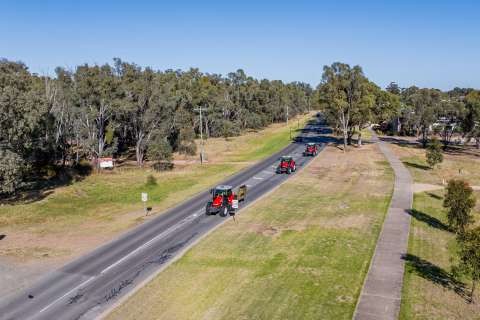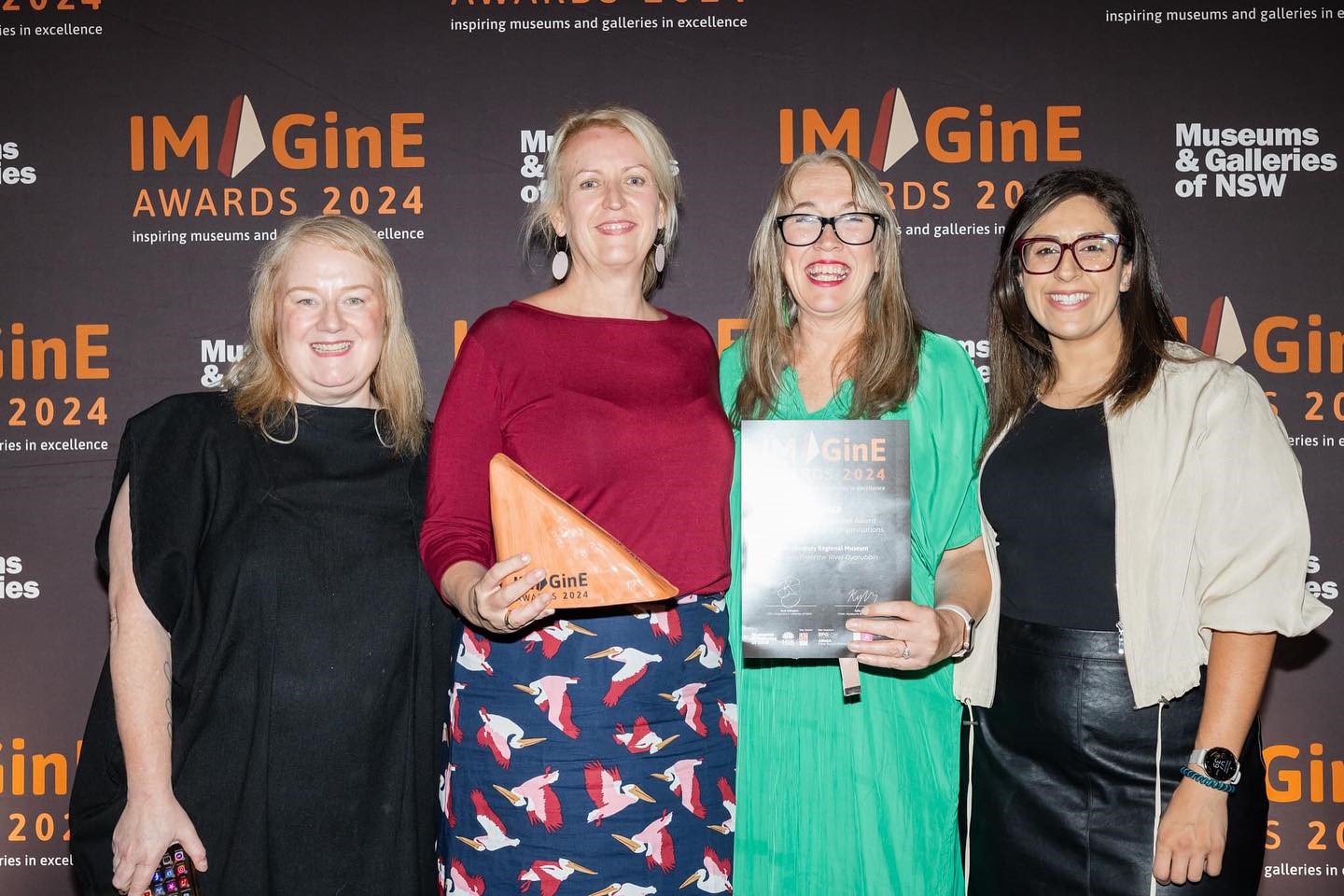Today’s release of the draft Default Market Offer (DMO) shows the retail energy bill benchmark stabilising and trending downwards after the biggest global energy crisis in 50 years.
The independent Australian Energy Regulator (AER) sets the DMO as a benchmark for residential and small business electricity bills in NSW, southeast QLD and SA, and today’s draft decision reflects the lower wholesale prices we’ve seen including big boosts to renewables.
The draft DMO shows price reductions in most jurisdictions – with up to nearly 10% reduction for some small businesses and up to more than 7% reduction for some households.
The Victorian Default Offer (VDO), set by Victoria’s Essential Services Commission also out today, and shows an average reduction of 6.4% for residential customers for the VDO, and 7% for small business customers.
This is encouraging news, however, the Government knows families and businesses have still been doing it tough.
That’s why we urgently capped skyrocketing coal and gas prices during the crisis and have been rolling out bill relief to around five million households and small businesses since July last year.
Our $3 billion in direct bill relief provided up to $500 in energy rebates for households, and up to $650 for small businesses. Together with the gas and coal price caps, these rebates entirely offset energy bill rises for eligible customers in most states.
This is in stark contrast to the coalition’s approach.
Not only did the coalition to hide a 20% energy price hike before the election, they disgracefully voted against $3 billion in energy bill relief for millions of Australians – including pensioners, low-income families, veterans and more.
Over the medium and long-term, the Albanese Government’s plan is the only one supported by experts to deliver a clean, cheap, reliable and resilient energy system.
It’s supported by independent advice from the CSIRO and the Australian Energy Market Operator (AEMO) that the lowest-cost plan for a reliable energy grid is Australia’s world-leading renewables like solar and wind, firmed up with batteries, pumped hydro, flexible gas and transmission.
That’s what our 82% renewables by 2030 plan delivers – and we’re getting on with the job. Last year alone :
• record investment in batteries and large-scale storage, with $4.9 billion in new financial commitments
• 27 large scale batteries under construction at the end of 2023
• Over 337,000 rooftop solar systems installed across the country
• 5.9 GW of renewable generation added
Our plan is critical to deliver reliable and affordable energy as 90 per cent of Australia’s aging and increasingly unreliable coal-fired power is to close in the next decade.
The coalition wasted a decade undermining new renewable generation and infighting, and did nothing to replace the energy from the 24 coal-fired power plants that announced closure on their watch.
Now their reckless, dangerous idea is to stop the firmed renewables being built and invested in right now, for nuclear reactors two decades off at best – a plan that will leave Australia in the dark ages and the dark.
Comments from Chris Bowen, Minister for Climate Change and Energy:
“Today’s figures show a welcome downward trend for prices following the biggest global energy crisis since the 1970’s – but we know there’s more to do to get cheaper energy in the grid for Aussie families and businesses.”
“Only the Albanese Government has a plan to deliver the lowest cost, reliable energy Australians need. Our plan is in line with the best advice from engineers, scientists and energy experts – unlike Peter Dutton’s nuclear fantasy.
“While Peter Dutton and his No-alition run around saying battery technology doesn’t exist and trying to stop solar, the Albanese Government is getting on with the job of delivering a firmed renewable energy system to benefit all Australians.”
The AER will consult on the draft DMO before releasing the final DMO on 27 May – the draft DMO and associated factsheet can be found at .
Residential DMO
| State | Distribution network | DMO Price | 2023 DMO | Change from 2023 (% y-o-y) | Savings |
| NSW | Ausgrid | $1,773 | $1,827 | -3.0% (-6.3%, real) | $54 ($114, real) |
| Endeavour | $2,185 | $2,228 | -1.9% (-5.2%, real) | $43 ($117, real) | |
| Essential | $2,549 | $2,527 | +0.9% (-2.4%, real) | -$22 ($61, real) | |
| SE QLD | Energex | $2,022 | $1,969 | +2.7% (-0.6%, real) | -$53 ($12, real) |
| SA | SAPN | $2,222 | $2,279 | -2.5% (-5.8%, real) | $57 ($132, real) |
Residential DMO (with controlled load)
| State | Distribution network | DMO Price | 2023 DMO | Change from 2023 (% y-o-y) | Savings |
| NSW | Ausgrid | $2,476 | $2,562 | -3.4% (-6.7%, real) | $86 ($171, real) |
| Endeavour | $2,766 | $2,977 | -7.1% (-10.4%, real) | $211 ($309, real) | |
| Essential | $2,964 | $2,977 | -0.4% (-3.3%, real) | $13 ($111, real) | |
| SE QLD | Energex | $2,363 | $2,363 | 0.0% (-3.3%, real) | $0 ($78, real) |
| SA | SAPN | $2,773 | $2,787 | -0.5% (-3.8%, real) | $14 ($106, real) |
Small Business DMO
| State | Distribution network | DMO Price | 2023 DMO | Change from 2023 (% y-o-y) | Savings |
| NSW | Ausgrid | $4,512 | $4,999 | -9.7% (-13%, real) | $487 ($652, real) |
| Endeavour | $4,394 | $4,598 | -4.4% (-7.7%, real) | $204 ($356, real) | |
| Essential | $5,802 | $5,761 | +0.7% (-2.6%, real) | -$41 ($149, real) | |
| SE QLD | Energex | $4,191 | $4,202 | -0.3% (-3.6%, real) | $11 ($150, real |
| SA | SAPN | $5,368 | $5,849 | -8.2% (-11.5%, real) | $481 ($674, real) |







